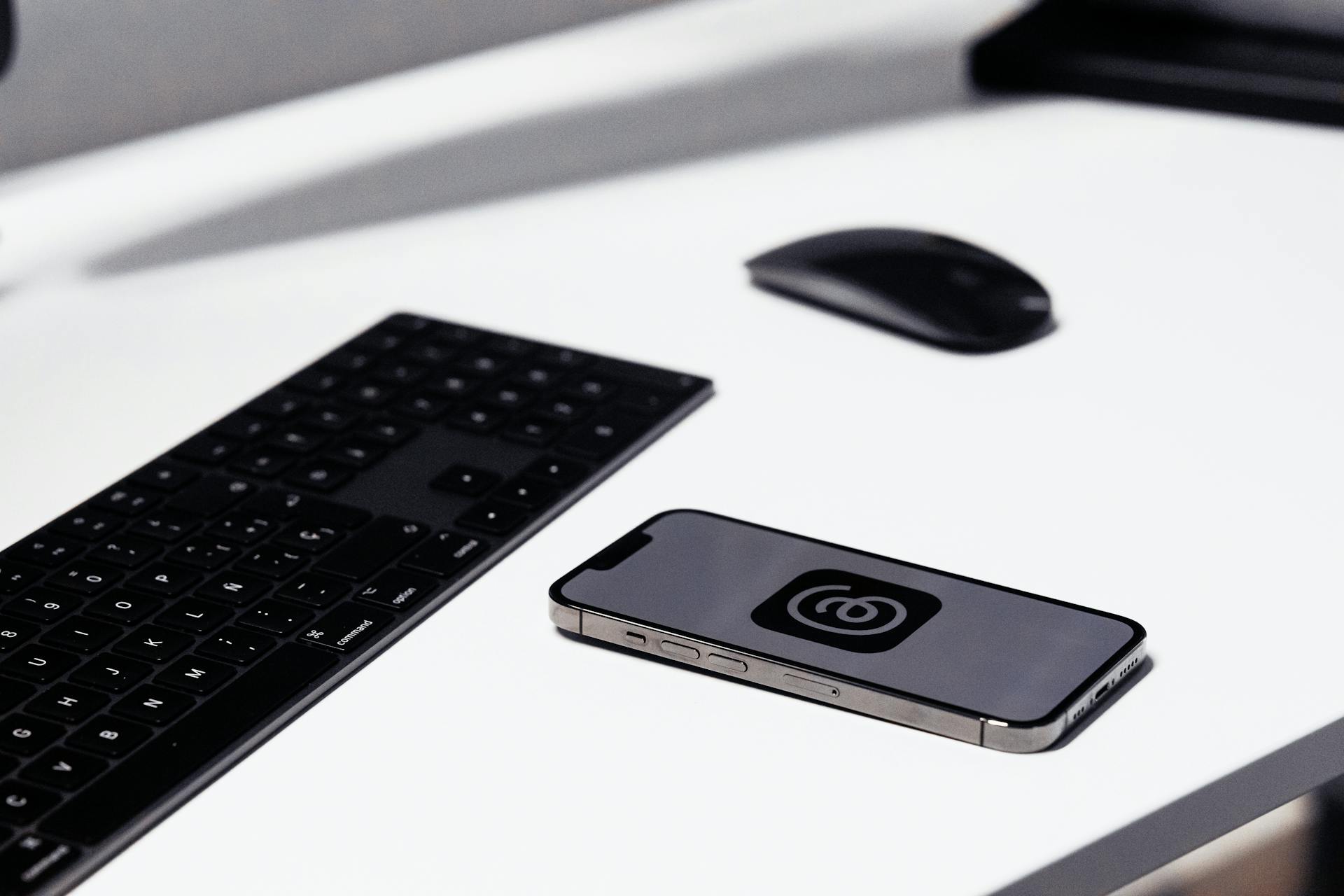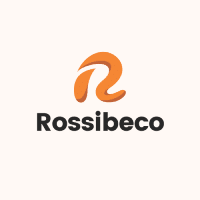What Are the Key Factors for Designing an Effective Mobile Wallet App for the UK Market?

As the world of finance is rapidly evolving, so too are the ways in which we manage, allocate, and spend our money. One innovation that has taken the world by storm in recent years is the mobile wallet app, an application that allows users to make payments on the go, manage transactions, and ensure optimal security for their finances.
Whether you are a business-owner looking for a new revenue stream, a development team keen to design an app, or just an interested observer of market trends, you might be wondering: "What are the main factors to consider when designing a successful mobile wallet app for the UK market?" Let’s delve into the crucial elements of mobile wallet app design and development.
This might interest you : How to Increase Patient Engagement with Digital Health Tools in the UK?
Understanding User Needs and Preferences
Before embarking on any app development process, it’s crucial to understand your users’ needs and preferences. Since mobile wallet apps handle sensitive financial data, their design must place the user at the centre of the entire process.
To create a successful mobile wallet app, you need to understand what your users want. Do they prefer quick, tap-to-pay transactions? Do they need an app that lets them split bills with friends? Or perhaps they want a digital wallet that offers rewards or cashback for specific purchases? By conducting surveys and market research, you can identify the features that your target audience values most.
Additional reading : How Can UK Startups Effectively Use Crowdsourcing for Product Development?
Security is another significant concern for UK mobile wallet users. Given the rise in cybercrime, it’s essential that your app provides robust security measures to protect user data. This could include biometric authentication, encryption, and transaction monitoring to detect suspicious activity.
Incorporating Key Features
Incorporating key features into your mobile wallet app is instrumental to its overall success. Users want a wallet that not only securely stores their money but also offers a seamless experience when it comes to making payments.
One pivotal feature is the ability to link multiple payment methods. A successful mobile wallet app should allow users to link their bank accounts, credit and debit cards, and other digital wallets. It should also provide real-time updates and notifications about transactions, allowing users to track their spending with ease.
Another feature to consider is peer-to-peer payments. Many users value the ability to send and receive money quickly to and from their contacts. This could be especially useful in scenarios like splitting a restaurant bill or paying a friend back for a shared taxi ride.
Designing for Security
As previously mentioned, security is a critical concern for users when it comes to mobile wallet apps. If your app doesn’t offer top-notch security, it’s unlikely to gain traction in the UK market.
When designing your mobile wallet app, consider incorporating multi-factor authentication. This adds an additional layer of security, requiring users to provide two or more verification methods. For instance, this could be a combination of something they know (like a password), something they have (like their phone), and something they are (like their fingerprint).
Aside from this, consider implementing end-to-end encryption. This will ensure that data transmitted within the app is only accessible to the sender and receiver, reducing the risk of data breaches.
Focusing on User Interface and Experience
A mobile wallet app can have all the features in the world, but if it’s not easy to use, it’s not going to be a hit with users. That’s why focusing on the user interface (UI) and user experience (UX) is so critical.
The UI should be clean, intuitive, and easy to navigate. Users shouldn’t have to search for the features they need; they should be readily accessible. The UX, on the other hand, should make the process of making payments as seamless as possible. The fewer steps it takes for a user to make a payment, the better.
Partnering with the Right Development Team
Finally, choosing the right development team is a crucial factor in the success of a mobile wallet app. The team should have experience in developing financial apps and should understand the unique security requirements that these apps entail.
The development team should also be skilled in both Android and iOS app development, as your mobile wallet app will need to be available on both platforms to reach the widest possible audience. They should also be able to incorporate your desired features and design a UI and UX that meets your users’ needs.
In conclusion, designing an effective mobile wallet app for the UK market requires understanding user needs, incorporating key features, designing for security, focusing on UI and UX, and partnering with the right development team. By considering these factors, you’ll be well on your way to creating a mobile wallet app that meets the needs of UK consumers.
Offering Multiple Payment Methods
A vital aspect of designing an effective mobile wallet app for the UK market is the provision of multiple payment methods. Today, consumers want flexibility and convenience when it comes to paying for goods and services. Hence, they desire a mobile wallet app that caters to this need by offering various payment options.
In essence, a successful mobile wallet app should not be limited to a specific form of payment. Instead, it should be versatile, allowing users to choose from a wide range of payment methods. Users should be able to link their bank accounts, credit and debit cards, and other digital wallets like Google Pay or Apple Pay. This flexibility can significantly enhance the user experience as it provides users with the freedom to select the most convenient and preferred payment method.
Additionally, the app should support international payments to cater to users who travel frequently or conduct business internationally. It should also offer currency conversion features for transactions involving foreign currencies. This would greatly enhance the app’s usability and appeal to a wider audience, thereby increasing its market share in the UK’s competitive mobile wallet market.
Enhancing User Engagement
User engagement is a critical factor in the success of any mobile app, and mobile wallet apps are no exception. Developing strategies to improve user engagement can significantly increase the app’s usage frequency, leading to higher retention rates and ultimately, greater success in the UK market.
One effective method to enhance user engagement is through the integration of reward systems or loyalty programs. These could be in the form of cash backs, discounts, or points that can be redeemed for various rewards. Such features not only incentivise users to use the app regularly but also foster a sense of loyalty.
Additionally, providing personalised experiences can significantly enhance user engagement. This could involve customising the app interface based on the user’s preferences or providing personalised recommendations based on their spending habits.
Furthermore, incorporating social media integration can also boost user engagement. For instance, allowing users to share their transactions or savings milestones on social media platforms can enhance user interaction and engagement with the app.
Conclusion
In the world of digital wallets, understanding the needs of the UK market is crucial to designing a successful mobile wallet app. The market demands an app that not only offers robust security but also incorporates multiple payment methods, provides an exceptional user experience, and fosters user engagement.
The design and development process should focus primarily on understanding and addressing user needs and preferences. This involves conducting comprehensive market research and aligning the app’s features with users’ expectations. Key features should include multiple payment options, intuitive UI and UX, robust security measures, and strategies to enhance user engagement.
Partnering with the right development team is equally important. A team with extensive experience in developing financial apps will understand the unique needs and challenges associated with these types of apps.
In conclusion, designing an effective mobile wallet app for the UK market is a complex process that requires careful planning, a deep understanding of the market, and the right development team. By considering all these factors, businesses can create a mobile wallet app that not only meets the needs of users but also thrives in the competitive UK market.
